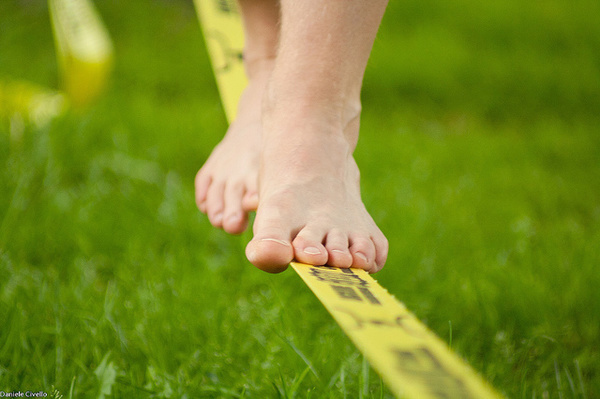It’s October, and for most riders in Europe and USA/Canada, it’s the beginning of a long period without frequent cycling races. Maybe you ended your season with some of your best results ever, or perhaps you have already been in ‘off-season mode’ for a couple of weeks.
Based on my experience, I have made a list of 5 tips you can use to let the off-season be your platform for better results next year.
Sleep more
We all need rest, and most of the time, we don’t get enough sleep. We can read tips about how important it is to get enough sleep almost anywhere. Anyways, we can almost always take advantage of rest. Sleeping affects your hormone levels, and it will therefore also influence your performance.
During the off-season, your body needs rest, and one way to help it is to allow yourself to sleep more. Do your best to get enough sleep each night. It’s different from person to person how much sleep is needed, but most people need at least 7 to 9 hours per night. Don’t go to bed too late – for example. I set a limit to no later than 10:30 pm. Of course, nobody is perfect, so sometimes I mess up. But it’s clear for me that I both think and work much better the next day when I keep this rhythm.
Alternative training
I highly recommend that you take at least two weeks without scheduled cycling training in the off-season. It might sound contradictory to become a better race cyclist without training. Still, from my experience and many other riders, it’s probably the most brilliant move to reload your body and mental batteries for next season.
The off-season is also a great time to try other activities. Many other sports can help you maintain an active lifestyle and keep you lean during the off-season. For example, other endurance activities like mountain biking and running are time-effective activities that can be used in the off-season and as part of your winter training.
Please try some non-endurance activities that can strengthen your core while having fun with your family (your kids will love you for it). I’ve found both challenging and entertaining for the whole family, Hula Hoop and Slackline (see image on top of this article).
Limit weight gain
When your training amount goes down and eating discipline rests, it is almost guaranteed that your body weight increases. This is a natural consequence of having an off-season. However, if you want to improve performance next year, you must be aware that you limit your weight gain during the off-season.
I believe that a weight gain of up to 3 to 4 kilograms is reasonable, but more than 4 kilograms will make it more difficult for you to reach optimal race performance next season.
It’s not because you can’t lose 6 or 8 kilograms during a solid winter and pre-season training, but it will steal focus from your overall goal. Thus you will spend more energy reaching your optimal body weight instead of fine-tuning your aerobic engine. So if you limit your weight gain to a maximum of 4 kilograms, you can achieve your target weight passively as your train more during winter and pre-season.
Analyze you past season
Learning from the past is your best source of information about how you can become a better race cyclist. Go through your diary, notice what parts of the season you did well, and explain this. Then, please take advantage of your previous successes and use them to build extraordinary results next year. If you have a winning formula, there is no need to make significant changes, only fine-tuning.
If you worked very hard and didn’t get the expected outcome, analyze and find out what went wrong. Ask some of your friends or your cycling coach to get help. Make a short, actionable list with a maximum of three things you would like to improve next season. The sum of marginal gains can significantly improve your performance next season.
Plan you next season
Setting a clear goal and scheduling your training is the most secure way to achieve great results. A solid training program and a plan that motivates you is a sure winner. Please spend some time to figure out how much time you want to spend on training and what cycling races in 2015 should encourage you to train when it gets cold and dark outside.
Over 1,500 race cyclists have used my winter training program during the last three years. It’s proven to be a safe and effective way to improve endurance during the winter. Where else can you spend $17 and still have a realistic expectation of better performance?
So feel inspired and use the above five practical steps to build a robust platform for next season. Also, it’s worth emphasizing the importance of adding a personal touch to the list. If you have a different method that works for you, don’t think you are wrong or off-target. Instead, use it as your momentum to perform even better next year!
Image by: Danielle Civello

